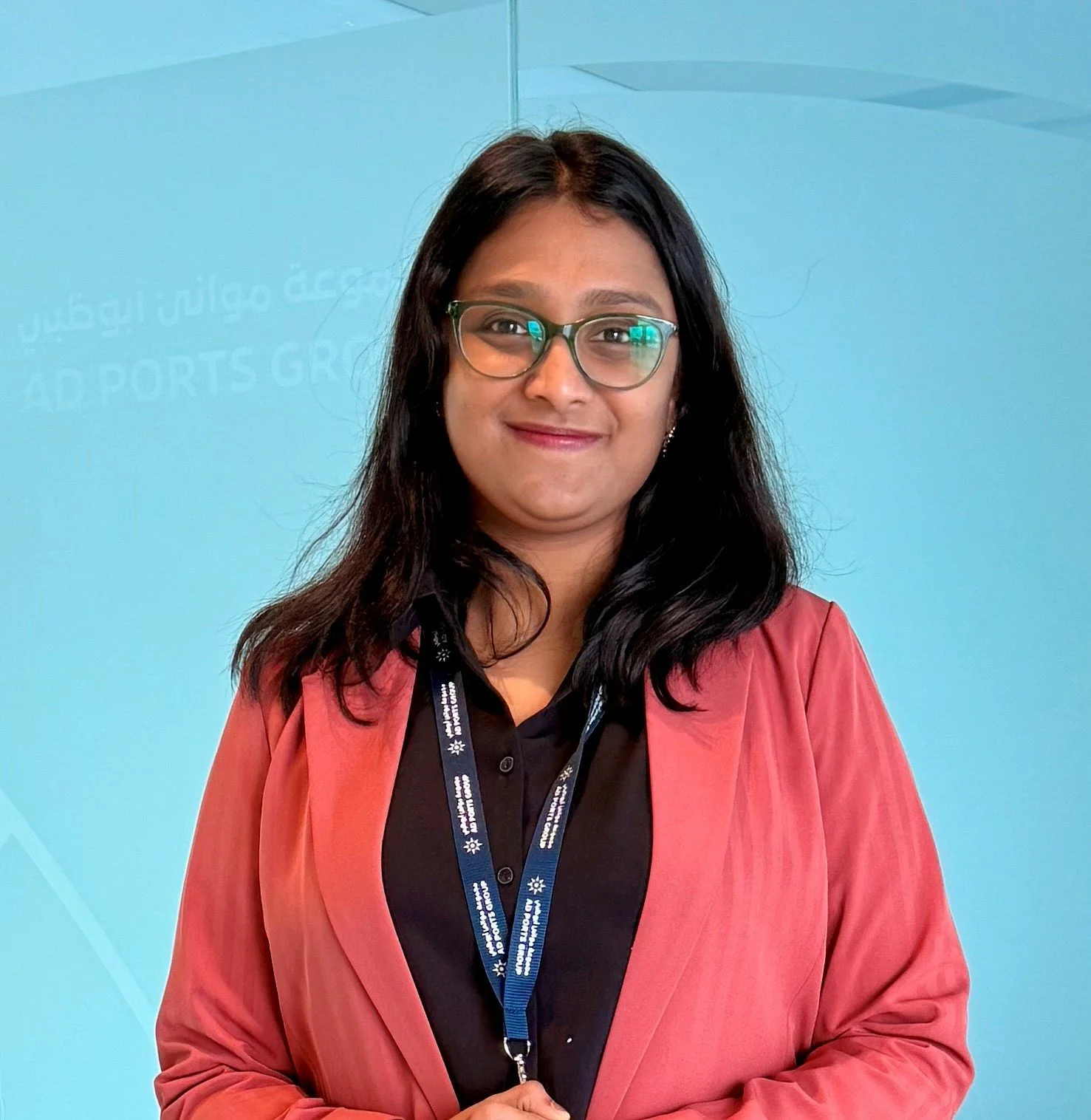Sreelakshmi S Menon
Sustainability Professional, Sustain Strides, UAE
Sreelakshmi Menon is a sustainability professional with global outreach and the Founder of Sustain Strides, a career mentoring platform dedicated to advancing sustainability careers. She has mentored over 500 young professionals and students worldwide, empowering the next generation of sustainability leaders. Recognized as a 50 Global Women in Sustainability Awardee (2023) and selected as a UN COP28 Youth Delegate, she continues to drive impact through mentorship, advocacy, and strategic sustainability leadership.
1. What are the most effective global strategies to prevent greenwashing in sustainable finance and ensure integrity in ESG-linked investment products?
Global strategies to combat greenwashing hinge on regulatory clarity, standardized disclosures, and market accountability. The EU’s SFDR and CSRD, the U.S. SEC’s Names Rule, and IOSCO’s global recommendations are leading frameworks.
These initiatives emphasize taxonomy-based classification, sustainability-linked disclosures, and enforcement against misleading claims. ICMA’s Principles for sustainable bonds offer a de facto global standard, promoting transparency and ambition.
Rather than expanding definitions, regulators are focusing on actionable areas—like fund naming, strategic consistency, and materiality—to ensure ESG products reflect genuine impact.
2. How can institutional investors globally assess and measure the real-world impact of their sustainable and impactful investments?
Institutional investors are increasingly adopting impact measurement frameworks aligned with the SDGs. The OECD’s two-axis mapping categorizes principles, standards, and metrics to navigate the complex landscape of impact investing.
Tools like IRIS+, GIIN’s IMM framework, and SDG Impact Standards help investors set objectives, monitor performance, and evaluate outcomes. The focus is shifting from intent to measurable change—using indicators like carbon reduction, job creation, and biodiversity enhancement—to ensure investments deliver tangible societal and environmental benefits.
3. How can regulatory environments in the Middle East evolve to support sustainable finance and attract global ESG investors?
The Middle East is undergoing a regulatory transformation. The UAE leads with its Sustainable Finance Working Group and AED 1 trillion commitment by 2030.
ADGM’s opt-in ESG framework and DFSA’s fee waivers for green listings are setting regional benchmarks.
To attract global ESG investors, regulators must harmonize standards, improve data infrastructure, and mandate consistent disclosures. National strategies like UAE’s Net-Zero 2050 and Saudi Arabia’s Vision 2030 are aligning policy with global climate goals, signaling long-term commitment and stability.
4. How are local investors and sovereign wealth funds integrating ESG and impact considerations into their portfolios in the Middle East?
Sovereign wealth funds (SWFs) in the Middle East are embedding ESG into investment mandates. Initiatives like the One Planet SWF Framework promote climate risk integration and long-term portfolio resilience.
UAE’s ALTÉRRA fund and Saudi PIF’s green sukuk issuance reflect growing ESG alignment. SWFs are leveraging AI for ESG data analysis and partnering with global platforms to standardize disclosures. With over $37 trillion in assets committed to ESG principles, regional SWFs are becoming pivotal in driving sustainable development and climate finance.

